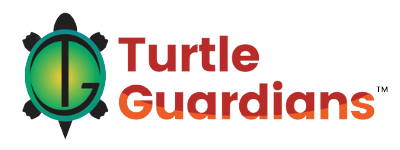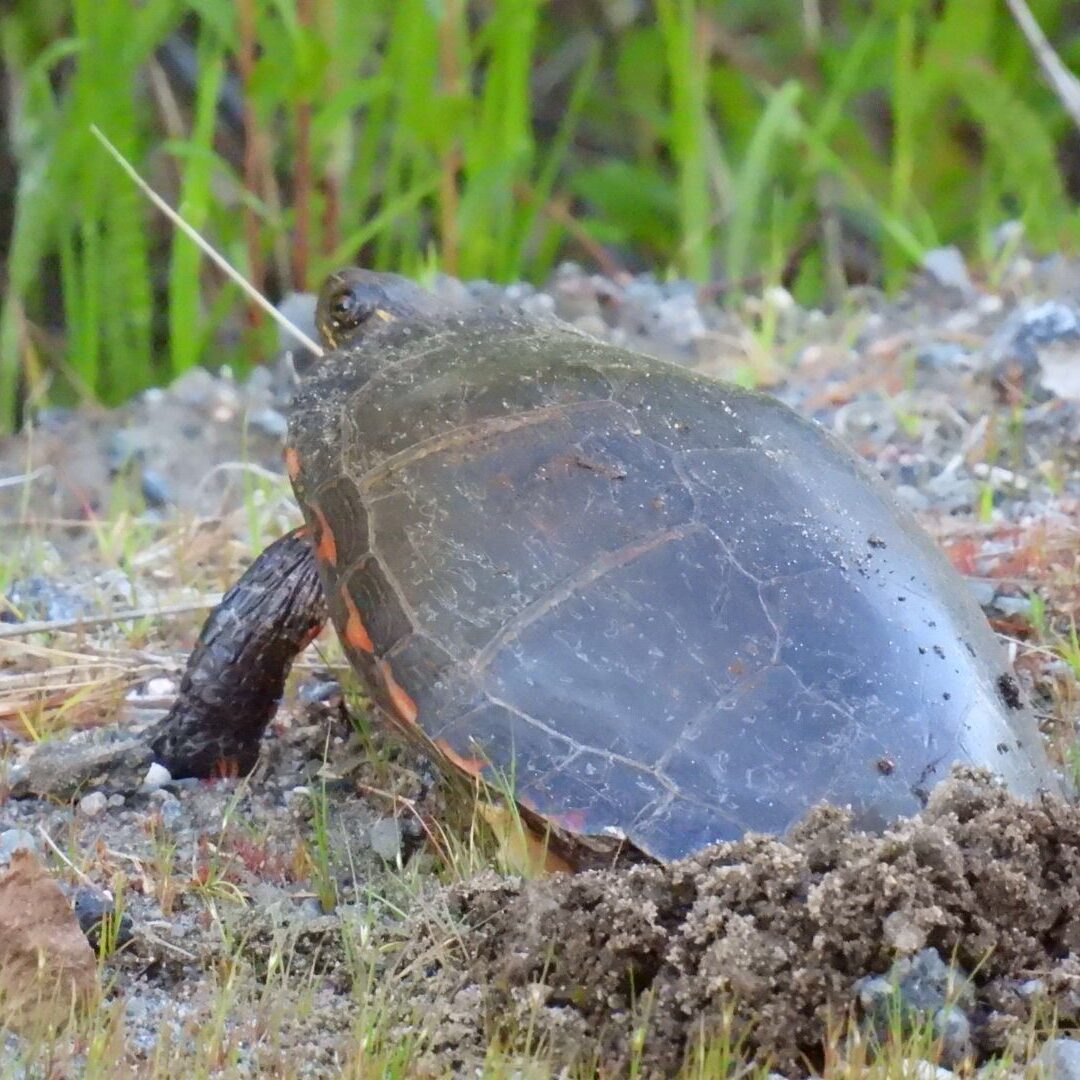Our Work to Save Turtles and Connect Kids and Communities With Nature
Incubation and Release
Under authorized wildlife permits, we excavate, incubate and then release hatchlings back to nest sites. We are balancing the odds to support dwindling populations. Nests that are excavated are where increased predations rates and road mortality are threatening populations. Turtle Guardians is currently the third largest incubator in Ontario.
Reduce Threats
Using data from staff and volunteers, we outline areas of high mortality and work with road departments to pilot turtle tunnel (ecopassage) models, install billboards and crossing signs and wildlife zone signage, and we recruit and assign "crossing guards" to areas where new infrastructure is not possible.
Education
We create and deliver curriculums for elementary school children and schools; we provide interpretive tours and talks; and we run camps and workshops for kids and adults too! Turtles are fascinating, inspiring and essential allies in a living world, that functions to benefit us. However, turtles are not straightforward; they are mysterious, miraculous and unique. Learning about turtles helps us protect them, balance our footprints, and find viable solutions.
Leadership
We train volunteers, chapter leaders and area captains across eastern North America, providing them with important background knowledge on turtle biology and behavior, so that they can understand issues, gather data and also lead changes that improve conditions for turtle conservation- at all critical life stages.
Protecting Nesting Turtles
We train volunteers and staff to recognize nesting behaviour and in the needs of nesting turtles. We receive calls about and also locate nesting mothers, and dispatch volunteers to ensure they are safe and that nests are then protected as well.
Research
We choose research projects to advance conservation! And, we also patrol roads and monitor wetlands, taking measurements and sexing turtles we encounter, and using search effort to estimate trends and priorities. We map hotspots for road-mortality and use this information to inform mitigation solutions. We map and characterize wetlands within watersheds, and work with willing municipalities to enact bylaws and customize municipal planning solutions.
Conserving Wetlands
We inventory, monitor and map features of wetlands to estimate their value and functions, and prioritize sites for conservation. Whether a turtle hibernation site or critical fish nursery, wetlands are essential to our future health and wellbeing and to wildlife. We work to design policies that identify opportunities to conserve wetlands while addressing human needs.
Skill Development
We train road crews, municipal staff, OPP, and other practitioners in turtle handling, and biology to help jurisdictions with compliance standards and conservation. We also work with developers to support wildlife friendly solutions.
Why do we do this work? Why do turtles need our help?
Learn about threats to turtles
You may see a few turtles in a few areas, but populations are declining and the trend is hard to reverse.








